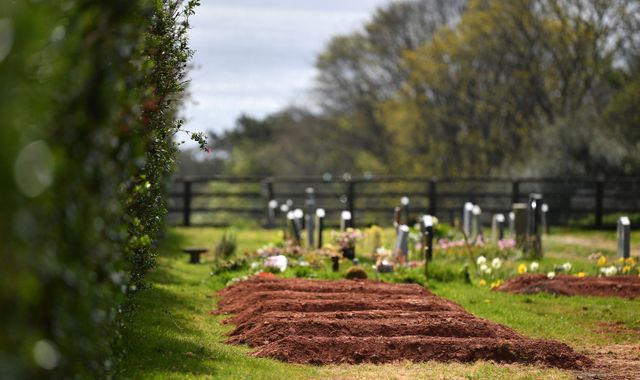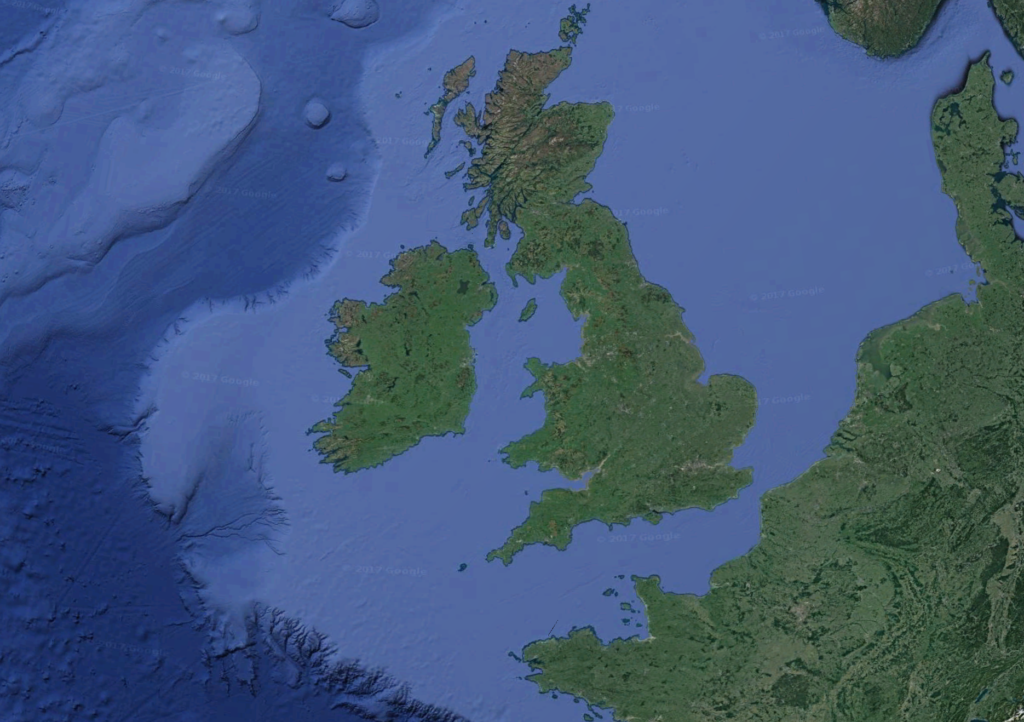Coronavirus: Far more deaths from COVID-19 crisis than headline numbers show
Written by News on 29/04/2020
The darkest hour is just before dawn, or so they say. And a glance at the data on how many people are dying in the UK certainly feels like a glimpse into the heart of darkness for this country.


The data is almost overwhelmingly depressing.
Some highlights, or perhaps lowlights: the total number of people who died in England and Wales in the 16th week of the year, the one that began on Easter Monday was, at 22,351, the highest number of people to have died in any week since comparable records began.
Even once you adjust for population growth (we have a higher population so you might expect higher numbers down to that, all else equal) the weekly toll was the highest since the first week of 1970.
The numbers suggest that the COVID-19 death toll – the one we officially get from the government each day – is a significant understatement.
Just as worrying, it appears that even as the deaths in hospitals began to slow, the care home sector is facing a major mortality crisis.
While we have known anecdotally that care homes have been under pressure in recent weeks, now the statistics are starting to bear that out.
And, again, they do not make for pleasant reading.
The number of deaths of COVID-19 in care homes more than doubled between the 15th and 16th week of the year.
But the real concern is those deaths which have not been officially registered as COVID-19.
To understand why, we need to look not just at the deaths formally attributed to the virus, but at all deaths in care homes.
At this time of year the average number of deaths in care homes is close to 2,000. Yet in the week to April 17, more than 7,000 people died in care homes.
That is shocking enough but even more disturbing is the detail.
Subtract the average number of deaths each week from what we are seeing this year and you get a horrible number: nearly 10,000 “excess deaths” in care homes since mid-March.
But here’s the striking thing: just over 3,000 of those deaths are officially described as COVID-19 deaths.
As for the remaining 6,600, we simply don’t have an explanation.
It could be undiagnosed COVID-19. It could be other causes of death exacerbated by the lockdown or the changes in hospital policies. We just don’t know.
But we know a lot of people are dying in care right now and the official COVID-19 death numbers tells, literally, a fraction of the story.
It’s a similar story for all deaths in the UK, though less marked: whereas COVID-19 accounts for only a third of the excess deaths in care homes, it accounts for around three quarters of the total excess deaths around the country.
In short, the mortality crisis from the coronavirus – whether directly or directly – is causing far more deaths than the headline numbers suggest.
And while most other countries are seeing their trajectories for mortality falling now – as the disease peaks – in England that trajectory is still rising, according to figures from EuroMomo.
Their statistical measure of excess mortality shows that England is now the only country in Europe facing “extremely high excess deaths”.
I apologise that all of the above is relentlessly depressing – which it is.
It gives none of us pleasure to report what is happening right now.
In all my years of reporting statistics, there have been few I would rather not report than these ones.
However there is some reassuring news buried amid the gloom.
The first is that it is possible that the UK peak may now be in sight.
It is possible, given the laggy nature of this data, that we have already passed the worst week for UK mortality in this crisis.
And if that is the case, then it represents an achievement of sorts.
:: Listen to the Daily podcast on Apple Podcasts, Google Podcasts, Spotify, Spreaker
For, as I wrote above, in no single week has the population adjusted total death toll risen above the levels of the 1968 Hong Kong flu.
Why is that a big deal? Because by almost every epidemiological measure – case fatality rates in particular – COVID-19 is far worse than the Hong Kong flu.
Without a lockdown (which they didn’t have in the late 1960s and early 1970s) there would, according to epidemiologists, almost certainly have been hundreds of thousands of deaths in 2020 – not tens of thousands.
So awful as those deaths statistics are, we can at least console ourselves that thanks to the sacrifices made by millions of people around the country through the lockdown, they are at least less hideous than they might otherwise have been.
(c) Sky News 2020: Coronavirus: Far more deaths from COVID-19 crisis than headline numbers show







